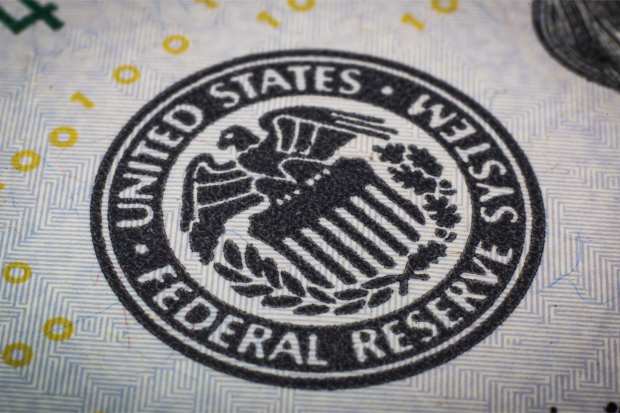Fed Unveils Plan To Aid Coronavirus-Wracked Consumers And Businesses

The Federal Reserve launched a massive aid package on Monday (March 23) to prop up the coronavirus-devastated U.S. economy, unveiling up to $300 billion in financing for consumers and businesses large and small, and an unlimited amount of so-called “quantitative easing.” The moves temporarily buoyed financial markets, turning premarket stock-futures trading from red to green – although stocks later turned negative anyway.
“The Federal Reserve is committed to using its full range of tools to support households, businesses and the U.S. economy overall in this challenging time,” the central bank said in an announcement. “The coronavirus pandemic is causing tremendous hardship across the United States and around the world … While great uncertainty remains, it has become clear that our economy will face severe disruptions. Aggressive efforts must be taken across the public and private sectors to limit the losses to jobs and incomes and to promote a swift recovery once the disruptions abate.
Below are the moves the Fed has made:
Boosting Quantitative Easing
The Fed had previously announced plans to buy up $700 billion of Treasury and agency mortgage-backed securities to inject capital into the economy – a program that’s called “quantitative easing.” But on Monday (March 23), the central bank upped that plan to include “[whatever] amounts needed” – unlimited quantitative easing.
New Loans for Consumers and Businesses
The Fed said it will create $300 billion in new loan programs “supporting the flow of credit to employers, consumers and businesses.” Additionally, the central bank plans to create a Term Asset-Backed Securities Loan Facility (TALF). This will create more credit for consumers and businesses by allowing the issuance of asset-backed securities that are backed by student loans, auto loans, credit card loans and loans guaranteed by the U.S. Small Business Administration.
Aid for SMBs and Large Employers
The central bank said it would “announce soon the establishment of a Main Street Business Lending Program to support lending to eligible small and medium-sized businesses“ to complement separate SBA efforts.
The Fed also plans to establish two credit facilities to support companies with large workforces. First, the central bank will unveil a Primary Market Corporate Credit Facility to help large employers with new bond and loan issuances. Second, the Fed intends to create a Secondary Market Corporate Credit Facility to provide liquidity for corporate bonds that already exist.
Assistance for Cities and Towns
The central bank will make credit available to municipalities by expanding its Money Market Mutual Fund Liquidity Facility to include a wider range of securities, including municipal variable-rate demand notes and bank certificates of deposit.
The latest moves follow the Fed’s decision last week to drop the key federal funds rate to essentially 0 percent and buy at least $700 billion in government and mortgage-related bonds. Those efforts are intended to reduce short-and long-term borrowing rates for businesses and consumers.
But Monday’s additional actions represent the Fed’s most dramatic measures since the 2008 financial crisis. They attempt at keep financial markets stable and boost the U.S. economy by making borrowing costs as low as possible, as the coronavirus pandemic forces businesses to close and makes a recession seemingly likely.
Last week, PYMNTS reported that Main Street USA was still healthy in February just before the coronavirus crisis hit. The latest data from our Main Street Index showed that small and medium-sized businesses had been enjoying steady growth in business formation, hiring and wages – but that seems poised to soon end.
